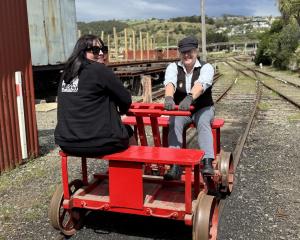In 2001, North Otago and South Canterbury faced losing much of the water in the lower Waitaki river to the giant Project Aqua 63km-long canal power scheme.
• Irrigators support water plan changes
• Community group set for fight
Not only were there expected to be environmental effects, but probably no water left for any other uses, severely affecting future economic development.
As opposition grew, the government stepped in and appointed a five-member Waitaki Catchment Water Allocation Board to prepare a water allocation plan for the catchment.
Such was the feeling about the future of the river, about 1200 submissions were received from all sectors of the community.
The minimum flow in the Waitaki River was one of the most contentious issues.
The result was the Waitaki catchment water allocation regional plan in 2005, which came after the board had listened to 334 witnesses at 122 hours of hearings in Oamaru and Omarama.
Despite conflicting views, the plan was accepted as a good compromise, particularly the 150cumecs minimum flow for the lower river.
In a real surprise, the right to appeal the plan to the High Court was exercised only to clarify minor issues.
Now the plan is being reviewed and the most contentious part of it is again Plan Change 3 by Environment Canterbury to lower the minimum flow from 150cumecs to 102cumecs.
The plan change also addresses uncertainty over security of supply for irrigation when renewing or reviewing consents, provides greater certainty for Meridian Energy's replacement generation consents and enhances mahinga kai (Maori food) sources.












